Wicks Residence
c. 1895
1101 Douglas Street – map
Declared: 6/6/79
Here’s an Angelino Heights house built around 1895 for “smooth speaking” “gentleman of vision” M.L. Wicks. Regarding Wicks and Los Angeles, Hubert Howe Bancroft, in his History of California (1884-90), wrote there were “few prominent enterprises in this portion of the state in which he has not been one of the leading promoters.”
Moses Langley Wicks was born in Aberdeen, Mississippi, in 1852. He moved with his family to Memphis, graduated from college as an accountant, and got a law degree from the University of Virginia. In 1875, Wicks married Elizabeth Littlejohn. The couple followed his father to L.A., then moved down to Anaheim where Wicks set up law practice. Elizabeth died shortly after giving birth to Moses, Jr., but Wicks remarried in 1881 and had another son, Percy Langley. M.L. returned to Los Angeles in 1877, residing at 121 South Fort Street (now Broadway). (His investment in Fort property paid off in 1886 when, along with L.H. Titus and Howard W. Mills, Wicks sold to the city for $34,000 the land for a new City Hall (1889) between 2nd and 3rd.)
M.L. Wicks, from USC Libraries Digital Archive
By the mid-1880s, after helping to found the Los Angeles Bar Association, M.L. Wicks had fairly well left lawyering to live in the world of real state and transportation. (Don’t confuse Moses with his brother, Moye, an L.A. attorney in the firm of Wicks, Lucas, and Bentley. And now for something completely different: Moye and his pistol once took a couple of shots at J.H. Levering in the County Clerk’s office, but was soon exonerated; turns out he didn’t mean to hurt the guy. Moye eventually moved to Washington state.)
From L.A.’s Department of City Planning
Wicks played various parts in the development of Glendale, San Dimas, Garvanza, Highland Park, Edendale, sections of downtown L.A., and San Bernardino. His primary platting: Eagle Rock and Linda Vista as part of Benajmin Dreyfus’s old Rancho San Rafael; the Dalton portion of the San Jose Rancho which he’d bought from Jonathan S. Slauson et al for $255,000; Pomona; and the Playa del Rey section of Rancho La Ballona. In 1884, Wicks bought land from the Southern Pacific for $2.50 an acre (cheap!) and laid out the town of Lancaster. Four years later, Wicks sold just about the whole town to James P. Ward for $46,620, or about $20 per acre.
Wicks became affiliated with the Temecula Land and Water Company, and, according to author Glenn S. Dumke, he was “interested in the Savings Fund and Building Association of Los Angeles, the Los Angeles and Santa Monica Railroad, the Abstract and Title Insurance Company, and the California Bank.” Wicks put the first $50,00 into the Los Angeles County Railroad Company (of which he was first president), and sunk another $120,000 in to Ballona Harbor which he saw as a shipping point to compete with the Southern Pacific’s Santa Monica wharf. Wicks served as President of both the Citizens’ Water Company and the Sunset Boulevard Improvement Association. He was the “principal promoter of the Red Car Line” and tried several times to connect downtown L.A. to the coast by rail.
It wasn’t all a bed of roses for Wicks. His 1887 subdivision of Hyde Park – a “midway town between the city and the harbor” – failed. A dozen years later he filed for bankruptcy (an L.A. Times article reported “Wicks was insolvent and heavily involved in debt as afar back as December 25, 1887, when his liabilities aggregated $200,000.”)
Historic-Cultural Monument No. 217, this 1895 house is primarily Queen Anne in design with a few hints of the Colonial Revival. Wicks lived here until about 1915.
Moses Langley Wicks died in late 1919 as a result of injuries suffered after being struck by a car at Hollywood and Vine (construction engineer Louis C. Hill of 2144 Canyon Drive was behind the wheel). Poor M.L. then fell and konked his head on a steel streetcar rail, cracking his skull. At the time, Wicks had been living at 1918 Miramar Avenue.
Sources:
Bancroft, Hubert Howe History of California The History Company 1894-90 San Francisco, CA
“The Shooting.” The Los Angeles Times; May 22, 1886, p. O_2
“The City Hall.” The Los Angeles Times; Sep 18, 1886, p. O_4
“Council.” The Los Angeles Times; Oct. 1, 1886, p. O_4
An Illustrated History of Los Angeles, California Lewis Publishing Co. 1889 Chicago, IL
“Decided to Annex.” The Los Angeles Times; Jun 30, 1895, p. 22
“Pursuit of Property.” The Los Angeles Times; Apr 7, 1900, p. I10
“Second Ward Federation.” The Los Angeles Times; Jan 21, 1908, p. II6
“Explains Politics of the Henderson Appointment” The Los Angeles Times; Jul 28, 1912, p. II1
Newmark, Harris Sixty Years in Southern California 1853-1913; The Knickerbocker Press 1916 New York, NY
“Aged Realty Dealer Hurt by Automobile.” The Los Angeles Times; Dec 4, 1919, p. I8
Dumke, Glenn S. The Boom of the Eighties in Southern California Huntington Library 1944 San Marino, CA
“City Hall Site Purchased in Early Days for Trifle” The Los Angeles Times; Feb 17, 1929, p. E1
Robinson, W.W. Lawyers of Los Angeles; a history of the Los Angeles Bar Association and of the Bar of Los Angeles County Los Angeles Bar Association 1959 Los Angeles, CA
Lombard, Sarah R. Rancho Tujunga: a History of Sunland-Tujunga, California Sunland Woman's Club c. 1990 Sunland, CA
Wayte, Beverly At the Arroyo’s Edge: a History of Linda Vista Historical Society of Southern California and Linda Vista/Annandale Association 1993, Los Angeles, CA
Up next: Politi Residence
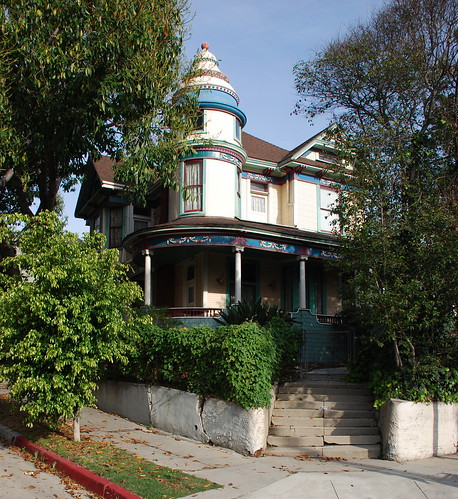
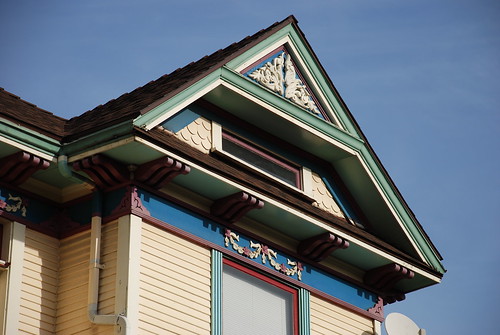
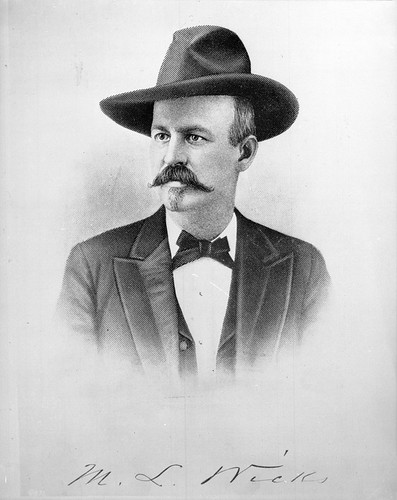
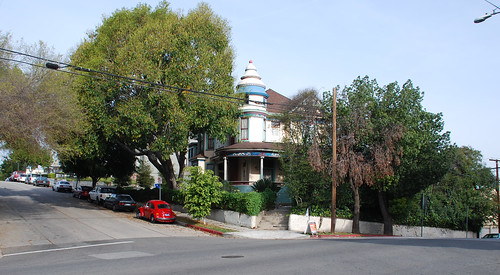
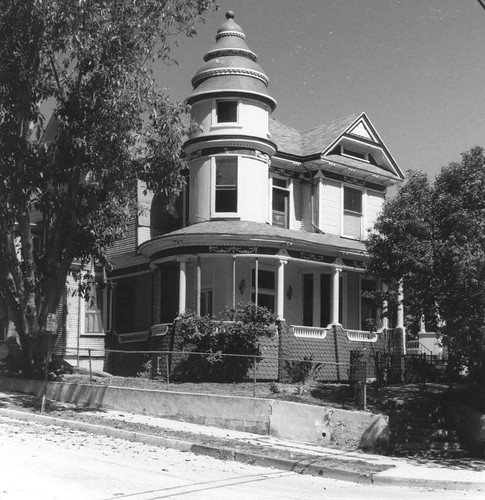

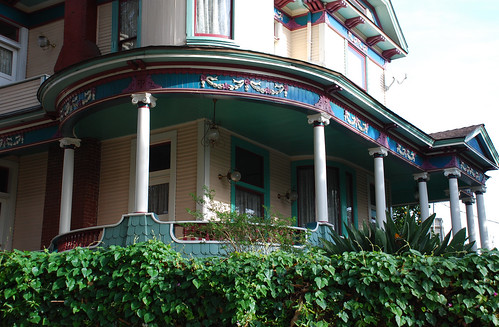
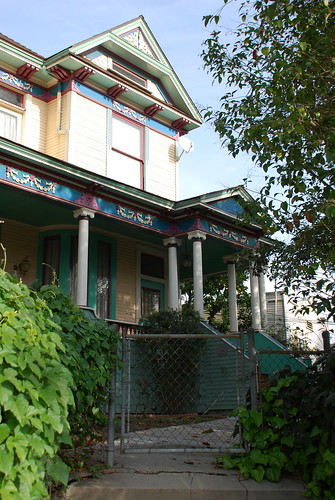
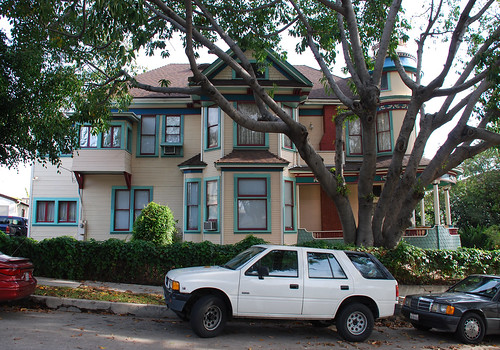
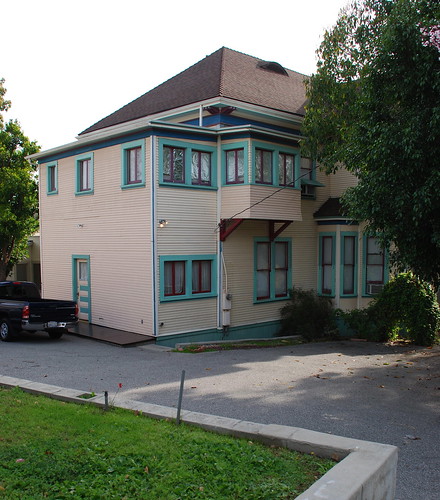
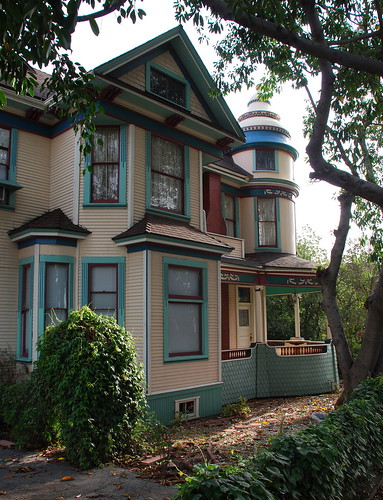
No comments:
Post a Comment